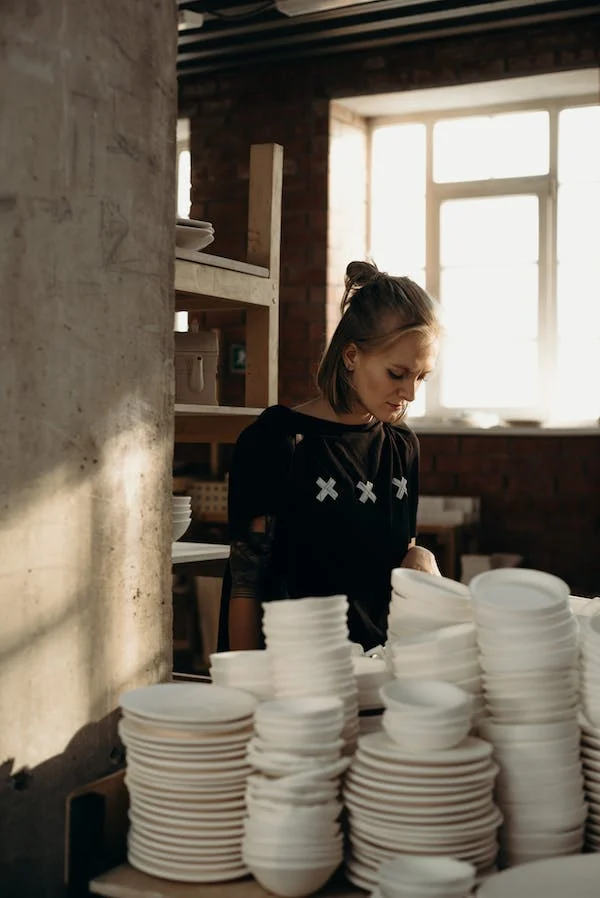Mold inspections are an essential step in identifying and addressing mold problems in your home. Whether you’re buying a new home, experiencing water damage, or noticing signs of mold growth, a professional mold inspection can provide valuable insights into the condition of your property. In this article, we’ll delve into the process of mold inspections and what you need to know to ensure a thorough assessment of your home’s mold situation.
Understanding Mold Inspections
The mold inspection process typically begins with an initial assessment of your home’s exterior and interior. A qualified mold inspector will look for visible signs of mold growth, water damage, or other conditions conducive to mold growth, such as high humidity levels or poor ventilation. They will also inquire about any history of water leaks, flooding, or moisture problems in the home.
Moisture Detection
Moisture is a primary contributor to mold growth, so detecting sources of moisture is a crucial aspect of mold inspections. A mold inspector may use specialized tools, such as moisture meters and thermal imaging cameras, to identify areas of elevated moisture levels or hidden water damage behind walls, ceilings, or floors.
Air and Surface Sampling
In addition to visual inspections and moisture detection, mold inspectors may collect air and surface samples to assess the presence of mold spores in the indoor environment. Air sampling involves collecting samples of airborne mold spores using specialized equipment, while surface sampling involves collecting samples from suspected mold growth areas, such as walls, ceilings, floors, and other surfaces.
Laboratory Analysis
Once samples are collected, they are sent to a certified laboratory for analysis. In the laboratory, the samples are analyzed to identify the types and quantities of mold present. The results of the analysis provide valuable insights into the extent of mold contamination in your home and help determine the appropriate course of action for remediation.
Conclusion
Mold inspections are a critical step in identifying and addressing mold problems in your home. By conducting thorough visual inspections, moisture detection, and air and surface sampling, mold inspectors can assess the extent of mold contamination and provide recommendations for remediation, if necessary. If you suspect mold growth in your home or have experienced water damage, don’t hesitate to schedule a mold inspection to assess the situation and ensure the safety of your living space.

